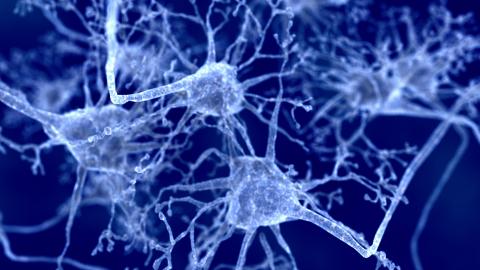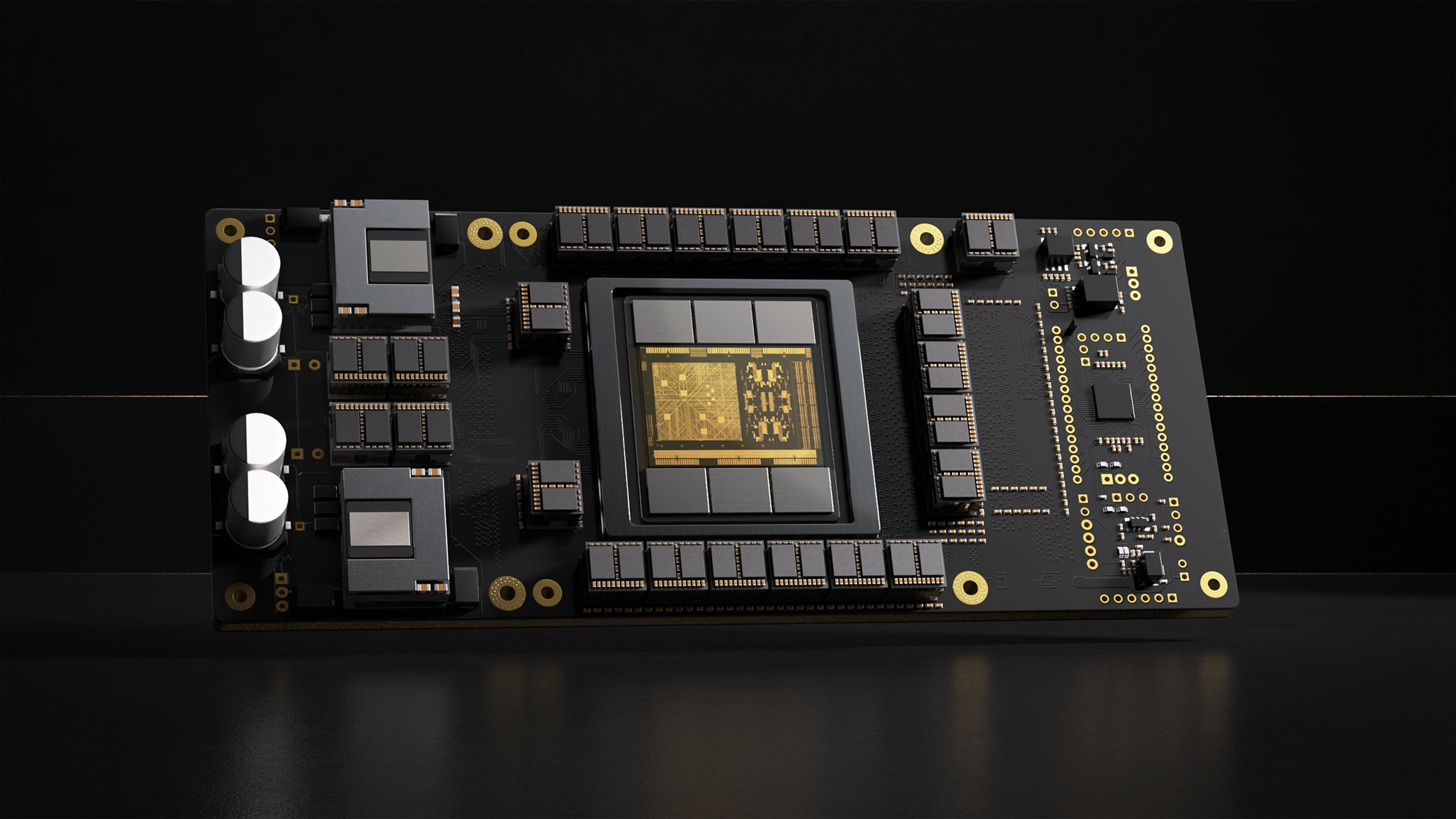The Rosy Future of Neuroscience

What’s the Latest Development?
Using a technique known as optogenetics, neuroscientists have gained an unparalleled window into how individual neural networks work in the brain. By directing light at a specific patch of neurons, scientists are able to tell which ones are firing and which ones aren’t. “Before optogenetics, neuroscientists were faced with the intractable nightmare of separating causation from correlation, knowing (sometimes) which neurons were associated with a given process without knowing which ones actually performed a given computation.”
What’s the Big Idea?
Optogenetics works by attaching the protein-coding end of a gene called GFP—a protein borrowed from a jellyfish that glows under a black light—to the regulatory region of other genes. The technique has been adopted by high-profile neuroscience laboratories across the globe but its founder, Ed Boyden, is already hard at a work on another project called patch clamping, which allows investigators to record the firing of individual neurons with great precision. “Luckily, as a member of the younger generation, Boyden is a firm believer in open-sourcing; his techniques are available to all. You can even download the plans for building your own automated patch clamper on a Web site he helped set up.”
Photo credit: Shutterstock.com





